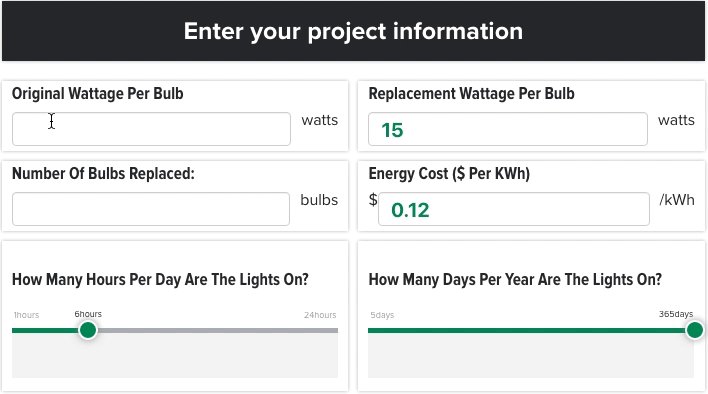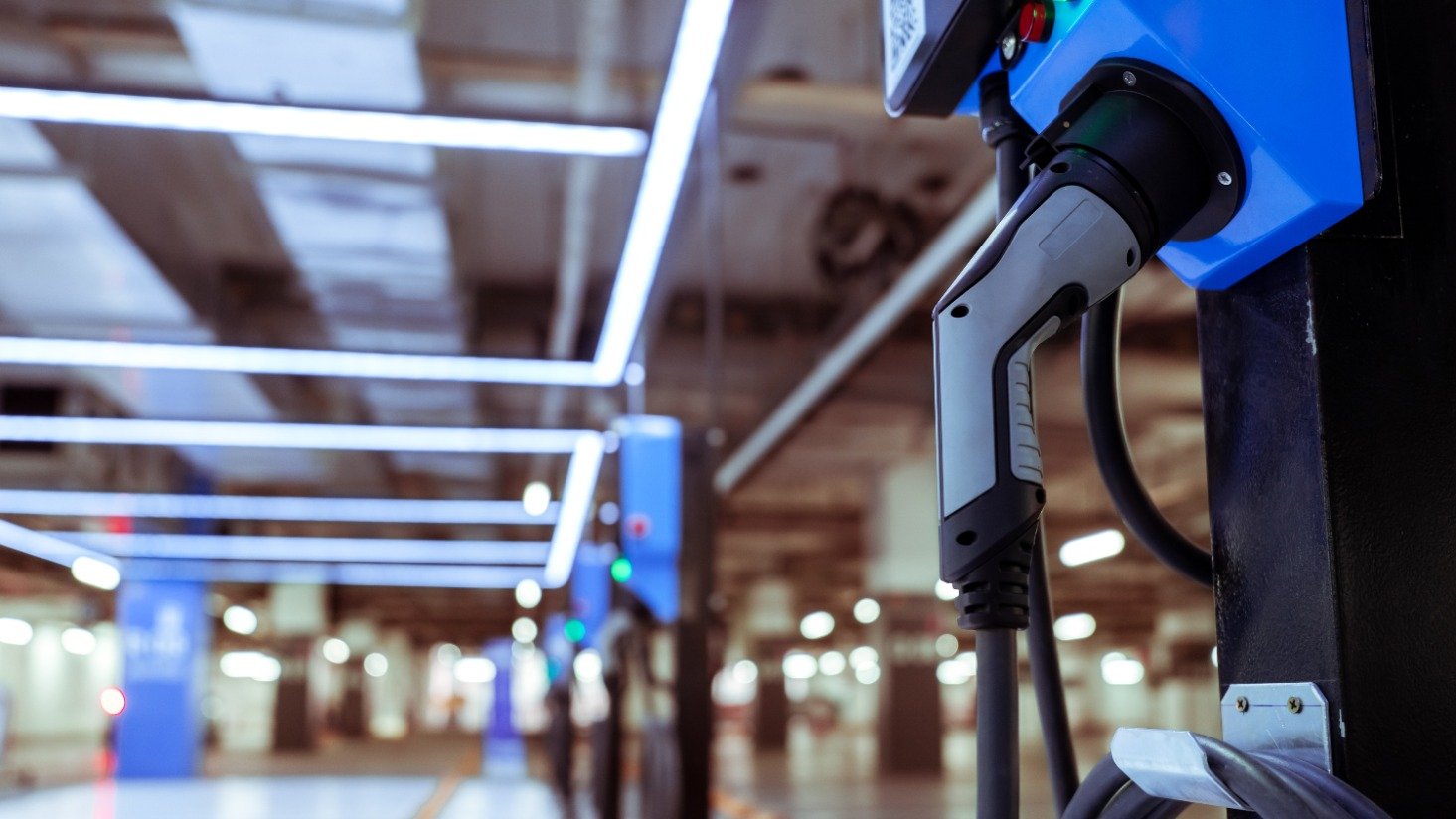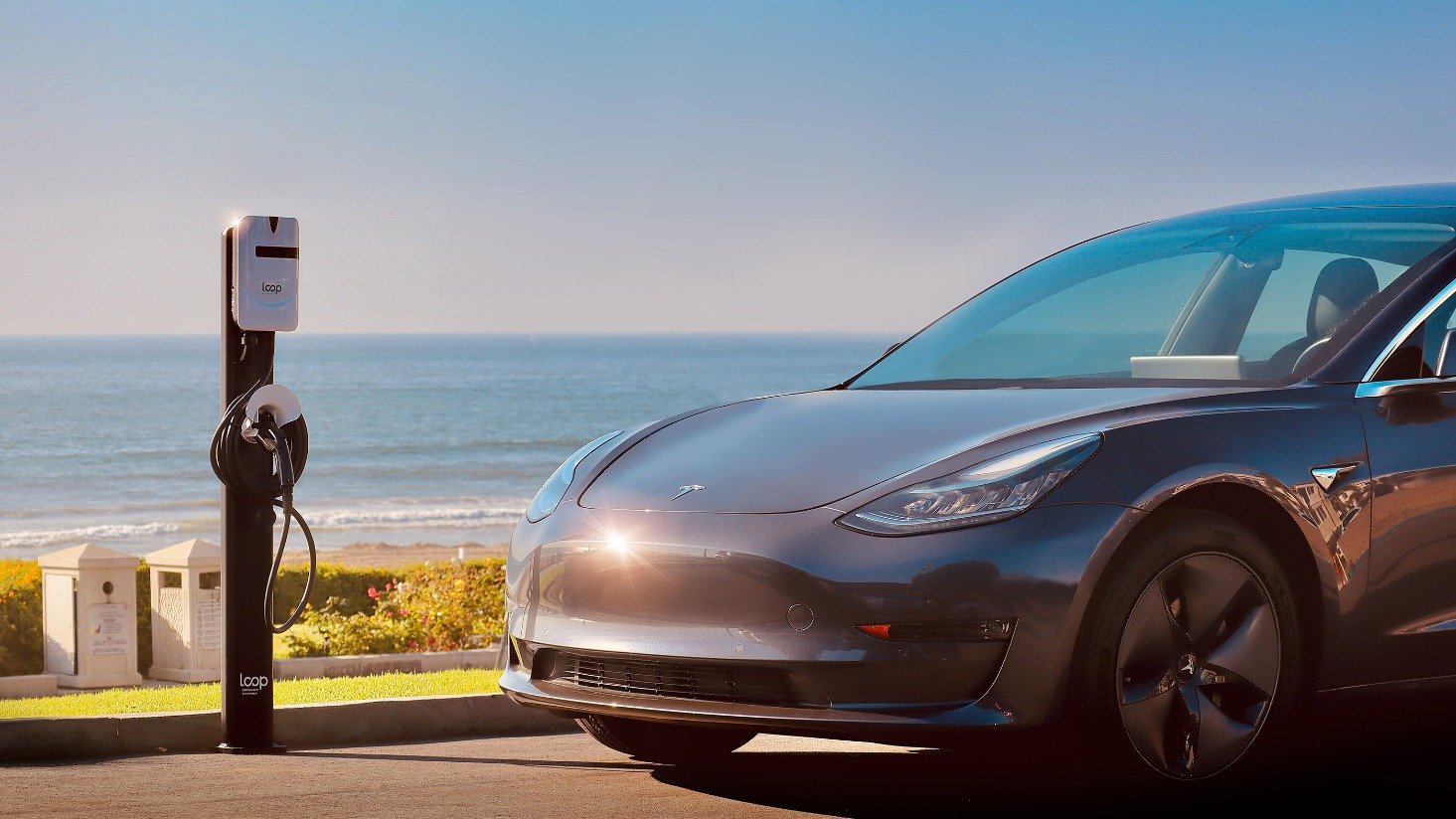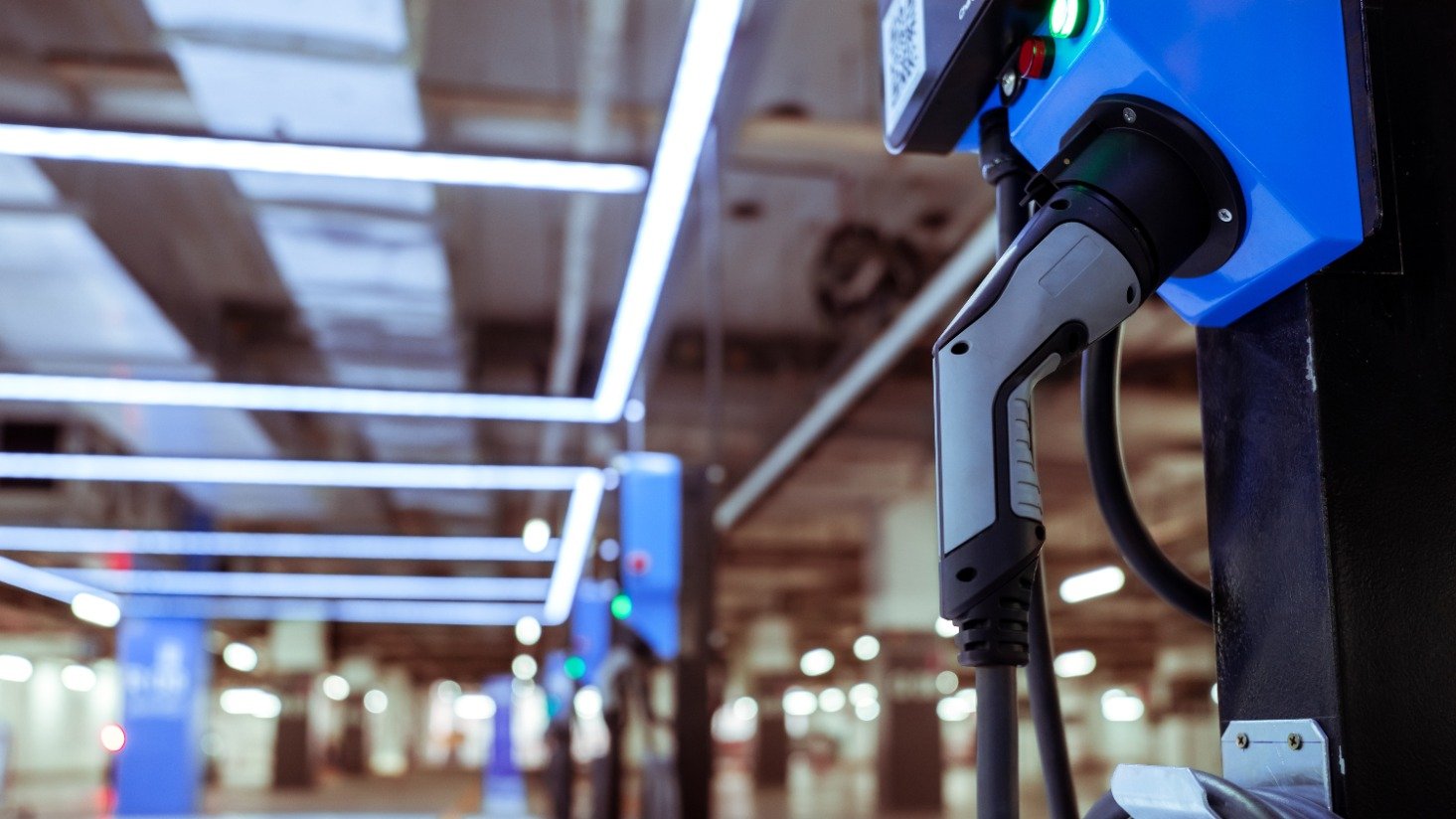3 lighting challenges and solutions for chief engineers
I think we want an intro about how we’ve helped large commercial, multifamily, educational, and hospitality facilities meed lighting needs and save more for decades.
Any building engineer or technician will tell you that when lighting isn't functioning correctly, complaints will follow. But the issue is about more than just complaints — the safety of customers, students, tenants, and patients can be jeopardized.
We know running and maintaining large facilities or campuses means juggling challenges, so our goal is to eliminate at least one of those challenges: lighting. We've helped chief engineers meet lighting needs while saving money for decades.
Through our experience, we've identified three common challenges that chief engineers typically face — and since we're here to make lighting easier, we also walk through our solutions.
1. How to avoid lighting emergencies that pop up when critical lighting goes out
There is only so much planning you can do for emergencies, but being prepared for unforeseen problems will give you a leg up when situations inevitably arise. There are several steps we also recommend our customers take so that when critical lighting fails, and the building is full of people, there is a solution at hand.
First, keep up with inventory and make sure you have key items on hand in your stock room. Think of this as your lighting first aid kit. These are easy items to grab and at least put a "bandaid" on the emergency at hand. Your lighting first aid kit should include specific lamps used throughout the facility, extra ballasts, etc. It's quick and easy to order these items on our online store.
Second, if more assistance is needed, have a distributor (like Regency Supply) in place who can get the product you need quickly and easily. Our team of lighting specialists are always ready to answer a call or an email and offer assistance placing an order, if needed.
2. How to keep replacement lighting costs low
You already know that constantly replacing lighting can be expensive. Not only is there the cost of materials, but there's also the cost of maintenance and the cost of time. Depending on how often you're getting up and down a ladder ( or renting an expensive lift), replacement costs can be high. Transitioning to long-life LED will reduce maintenance intervals and lower overall replacement costs.
Another way to keep costs down is to have a distributor to work with rather than running to big box stores for lighting needs. A distributor will have lighting expertise to make sure you get the right product and will save you money over runs to a big box store. Not to mention, it's much more efficient to order online with a business account than it is to send someone on an errand.
3. How to lower operational costs
The fastest solution to lower operations cost is to upgrade to higher-efficiency lighting. LED upgrades can generate a significant ROI, especially when you prioritize high-burn areas.
The next step is to make sure that occupancy controls are in place and are working properly. If lights aren’t being switched off, this can add unnecessary operational expense (like higher power bills).
Bonus challenge: How to upgrade to LED with low or reduced budgets
It is possible to upgrade to LED — even on a low or reduced budget. One solution is to use LED savings to fund future LED upgrades. Once one upgrade is complete, you can use the money saved for the next retrofit. This allows you to stay within your operational budget and pay for the upgrades with savings. Check out how we helped a multifamily high-rise building achieve an average payback in less than six months by prioritizing high-burn areas first.
Commercial lighting rebates also play an important role in reducing project costs. Most of the country is covered by rebates, and there are still plenty of options available, even with the elimination of incandescent and halogen light bulbs.
If you're looking for additional solutions to lighting challenges, please do not hesitate to contact us. Our team is always ready to help you solve your next challenge.













